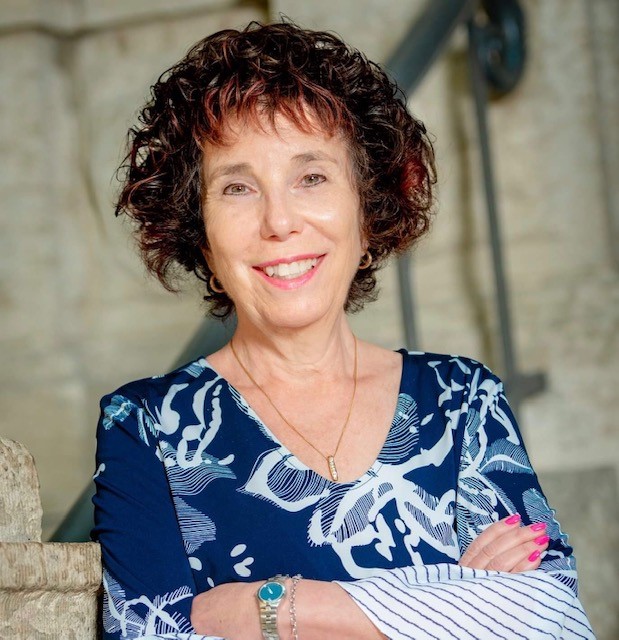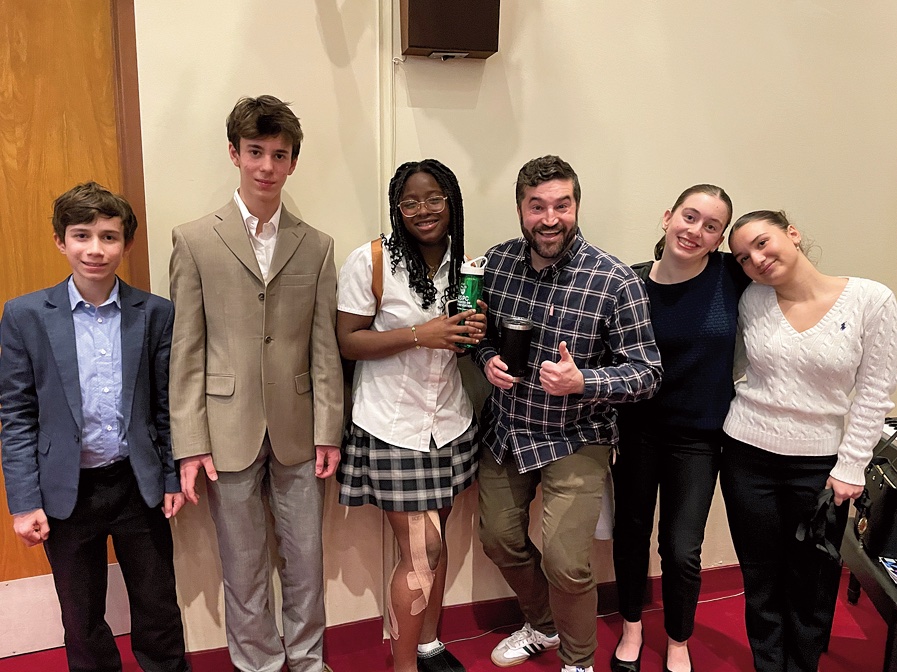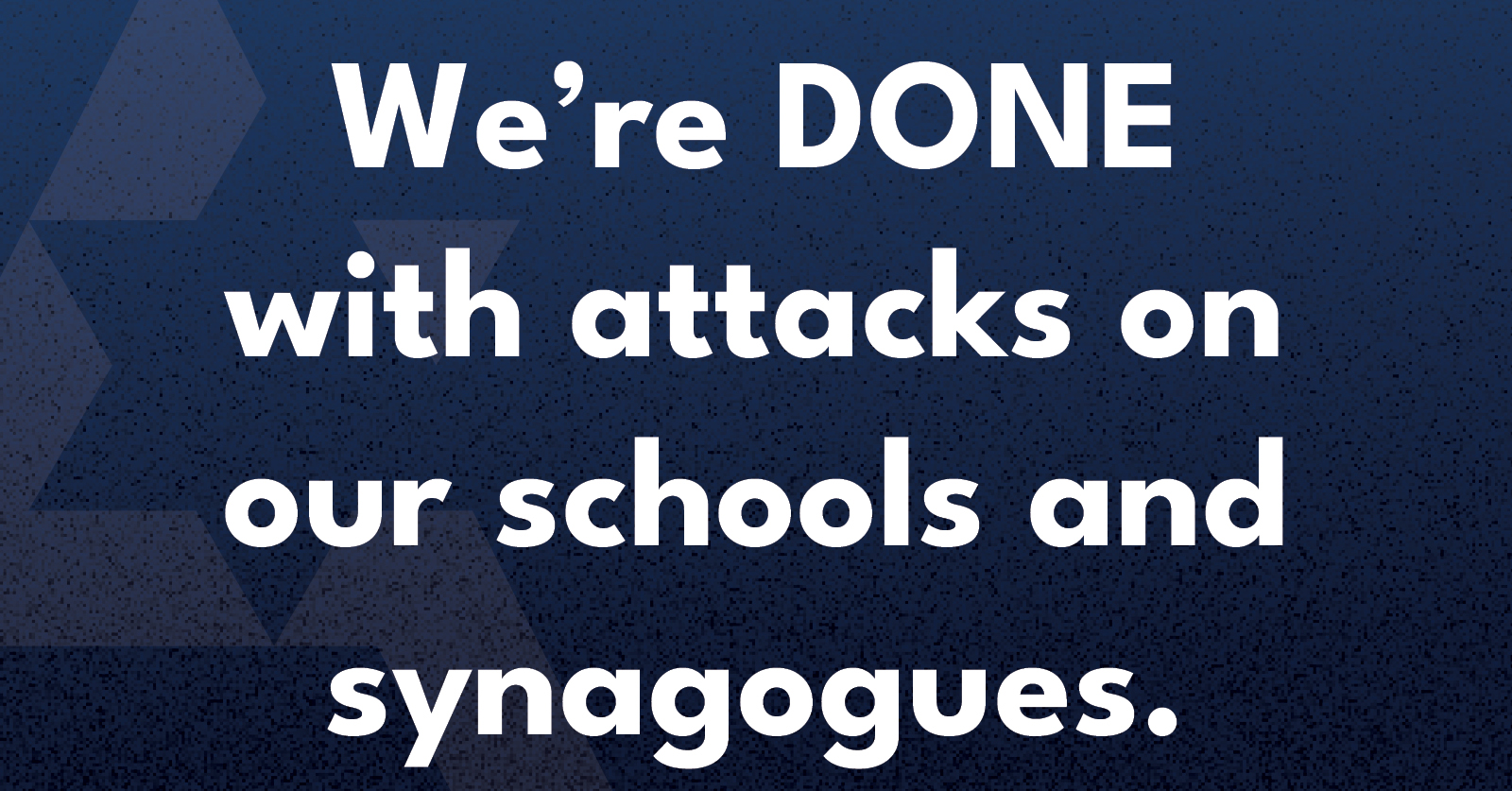Local News
It’s been 12 years since we left Winnipeg…how has it worked out for us?

By GERRY POSNER ecently my wife Sherna and I marked the anniversary of an event which we experienced some 12 years ago – almost to the day. Now, I am aware that there are some significant moments when history has indeed seemed to repeat itself, some of which had serious negative consequences, such as the invasion of Russia first by Napoleon, then by Hitler; the Depression and Great Recession – to name just a couple.
Our repetition of history happily had no such disastrous implications. It was just the coincidental timing of a repeated experience. Still, that repetition did bring to mind the emotions we felt the first time and now the second time and how the years in between have shaped us.
On August 6, 2012 Sherna and I left Winnipeg permanently to move to Toronto. We drove with a packed car that first day to Minneapolis. As it turned out, that day was a Canadian holiday, being the long weekend in August of that year. The next day we continued to Chicago to visit family in Highland Park, Illinois where we stayed for two nights. On August 9, 2012 we drove right through to Toronto, arrived in the city around 7 PM, and made our way to our new apartment. It was a huge change for us, with an anticipated new life ahead of us.
This year Sherna and I decided to return to Chicago to visit the same relative (sadly, her husband died not that long ago) and to stay at the very same home as we did some 12 years ago. In fact, we slept in the very same room and bed as we did then. We stayed from August 6 to August 8 – when we drove back right through to Toronto – just as we had done some 12 years earlier. This time we entered a different apartment, one that we rented some two years ago. That was not the only difference.
Twelve years ago we came as newcomers, eager to start up in a larger and noisier city. We had no preconceived notions of what we could expect, except that life would be far more complicated and that our time would not be entirely our own, as we now had grandchildren living close by. These grandchildren were an integral reason for the move to Toronto. As we reflect upon the ensuing 12 years, we now have the ability to compare and contrast. What were these 12 years all about? For many readers, I suspect you will identify with some of our thoughts.
First, we realize that when we came here in 2012, we had eight young grandchildren. The eldest was not yet eight and the youngest under two. Their parents welcomed us and the grandkids were thrilled to be with us, no matter what or when. Sleepovers were common and the total interaction was full.
Well, today, as the grandchildren have become older and bigger (two of them are well over six feet tall), we have recognized that they no longer need us. They or their parents reach out if the kids need a ride. Sleepovers are rare. Friends dominate the conversation. I get it, as this was also my world once when I was a teenager. Of course, although I was on the telephone a lot – as my father frequently made clear to me, that time pales in comparison to the time my grandkids spend on their iPhones. Twelve years ago, I had no real competition. Today I fight an uphill battle against their phones. Even when I have the kids one on one, I am not really a factor as the phone takes precedence. I suppose I would be the same if I were in their place. But that part of the move here has been a minus for us. I suppose I am not the only one waging this battle.
Second, we have had to come to grips with living in a very large city. We knew of this issue when we came here, but we really had no idea of the implications of having to drive in Toronto – and that does not even address the problem of parking the car. In this regard, the move was an unhappy one as the relative ease in driving in Winnipeg has disappeared. Moreover, there are the added noises caused by living in a large metropolitan city likeToronto. Twelve years ago, we had peace and quiet. That has long gone.
Third, in 2012, we were naive enough to think we might well integrate into the city with a new network of friends. We do know many people here, but that vision of new relationships has blurred. Establishing new close friends was and is still not an easy thing to do at an older age. So, we accept that reality. Most notably, the ability to walk through United Bakers after a meal and not really recognize anyone is one of the most difficult aspects of living here, as that just could not happen in Winnipeg. We never anticipated that kind of a feeling, that is, of being anonymous, when we moved here in 2012.
Still, with all of that said, we also know well that we made the correct decision for us. We have a very busy and rich lifestyle that we likely never would have had in Winnipeg. We are lucky to have both of my siblings here and that alone was worth the move as we interact with them regularly. I would not have forecast that possibility when we came here 12 years ago. As well, our children have been a huge help to us in ways that we did not contemplate 12 years ago – not the least of which is tech support.
We are older and perhaps wiser now. We see the negatives of moving to Toronto 12 years ago, but we are enriched by the positives from the move. Perhaps the proof of our total acceptance of our now residing in Toronto is that we now own plots here. Now, for us that was making a statement. Twelve years ago, that idea had not ever been contemplated, as we were fixed on a Winnipeg burial. Never say never.
Yes, in our case, history was repeated and happily, we are able to appreciate the changes that have occurred in the past 12 years.
Local News
Cheryl Hirsch Katz, Jewish Child and Family Service’s longest serving staffer, set to retire at end of the month

By MYRON LOVE “I loved working at Jewish Child and Family Service,” says Cheryl Hirsh Katz, who is due to retire at the end of June. “I have always appreciated the warm and welcoming atmosphere here. I feel that the people working here are my extended family. I am going to miss my colleagues”.
“I have derived great satisfaction over the years to have been able to help many people in our community of all ages through my work at JCFS,” she continues.
After 44 years at the agency, Katz, the longest-serving member of the staff, was given an appreciative send-off at the JCFS’s recent (June 23) Annual General Meeting at the Shaarey Zedek Synagogue.
The daughter of Art and Bess Hirsh, Cheryl grew up in Garden City. She attended Peretz School, then Jefferson Junior High and Garden City Collegiate. She joined the staff of JCFS in 1981, shortly after receiving her Bachelor of Social Work degree.
She earned an MSW in 1990.
“I chose to become a social worker,” she recalls, “because I always wanted to be able to help people.”
Katz was originally hired by JCFS to work with newcomers. After a couple of years, she was given responsibility for looking after the needs of older adults.
“I really enjoyed working in older adult services,” she says. “That is where I spent the bulk of my time at JCFS.”
After ten years as a case worker, she was promoted to a supervisory role. Later, she was also given responsibility for mental health and addictions programming and settlement services, while keeping the older adult files under her purview.
“As a supervisor, I wasn’t directly involved with individual clients,” she points out. “I was more involved with programming. Among the programs for seniors we organized were – for example – sessions on elder abuse, digital storytelling and memory loss.”
She notes that one of the trends she has seen over the last 44 years is that people are living longer and living in their homes longer. A lot more of our clients are living well into their 90s,” she observes. “We have had to continually expand our staff and the services we provide in order to accommodate the growing demands of an aging population.”
She also spoke of the mental health needs of seniors and aging Holocaust survivors.
She says that she has mixed feelings about leaving JCFS. “After so many years working full time, I am going to have to create a new routine,” she comments.
She notes that, now that she is retired, she will have more time to spend with her parents – who are in their 90s.
And then, there are the two dogs to look after. “I will have time now to try new activities,” she says. “ I might learn to play mah-jong.”
She speaks about maybe doing some traveling – although her husband, Murray, is still working full time.
(She and Murray have one daughter, Farah.)
“Retirement may also include some volunteering,” she adds.
It is quite likely, she will be continuing her association with JCFS but in a volunteer capacity.
Local News
Gray Academy students shine in provincial, national debating competitions

By MYRON LOVE It has been another good year for Gray Academy’s high school students who participated in provincial and national debating competitions. The best results were recorded by Grade 9 student Noa Mednikov, who finished fourth overall nationally, fourth in interpretive reading, and fifth in persuasive speaking at the junior National Public Speaking Championship in early May in Vancouver.
Last October, in the Junior Provincial British Parliamentary Championship – which was held at St. John’s-Ravenscourt – Noa and her partner, Raya Braunstein, finished third as a team while Raya placed third in individual debating.
Their fellow Grade 9 student Maxim Moscalenkov tied for first in persuasive speaking in Vancouver, while the Gray Academy team of Gabe Tapper and Aaron Koplovich finished fifth. Aaron also finished fifth in his individual debate.
Earlier, in March, Maxim finished fifth in the Provincial Juniors debating competition, which was held at Balmoral Hall He and his debate partner, Nate Shenkarow, finished seventh among the teams entered. Last November, he and partner, Ethan Tenenbein, finished seventh in the Junior Prepared Tournament – just behind the Gray Academy team of Nate Shenkarow and Jack Kay.
At the senior high level in that competition, the team of Jacob Tenenbein and Jonah Novoseller finished fourth and Jacob was recognized as fifth best in an individual capacity. Jonah and Jacob also paired up to win the Asper Cup, which was held at their home school.
Jacob represented Manitoba at the Junior National Speech Championship in Vancouver in May and, last October, he and Grade 12 Gray Academy students Julie Krozkin and Daniel Bokser represented Canada at an international debating tournament in Bermuda.
Gray Academy’s debating program was introduced by Linda Martin in 2003. She also led the debating teams at Balmoral Hall. In 2011, Martin was succeeded by Gray Academy high school English teacher Andrew Kaplan.
“Andrew has done a wonderful job with the debating program” says Martin, who has a debating trophy at Gray Academy named in her honour, as well as a provincial trophy for best individual junior debater. “Over the years, Gray Academy students have done very well in many local, national and international competitions,” she adds.
About three weeks ago, this writer had the opportunity to sit down with Andrew Kaplan and six of the school’s top debaters while they discussed the benefits of learning how to debate. According to Noah Strauss – who competed in the Junior Provincials at Balmoral Hall in March, public speaking leaves him with a feeling of accomplishment.
“It’s a good skill set to have,” he observes. “It builds confidence.”
“A benefit of being able to debate is that you learn how to convince people that you know what you are talking about,” adds Maxim Moscolenkov.
Raya Braunstein notes that being able to debate is a skill that she expects to be helpful in many university courses which she may choose to take.
As Andrew Kaplan notes, the ability to express yourself has a great impact in whatever career you choose to pursue.
He points out that debating is compulsory at Gray Academy for all Grade 7 and 8 students – and students can continue debating as an option in the higher grades
Of course, competitive debating is not for everyone. For those students who opt to take that path, the journey begins with internal school debate competition – with the top debating teams and individuals qualifying for local tournaments and – potentially – beyond.
Andrew Kaplan reports that a small number of high schools in Winnipeg and southern Manitoba have active debating programs – including St. Johns Ravenscourt, St. Paul’s High School, St. Mary’s Academy, Garden City and Maples Collegiates in the Seven Oaks School Division, St. Maurice (a Catholic School), as well as Morden Collegiate and Dasmesh, a Sikh private school.
Kaplan expresses his appreciation to the Asper Foundation and an endowment spearheaded by the Kives Family for providing funding for the Gray Academy debating program – as well as the Andrew Slough Foundation – which was established by his friends in memory of the outstanding former Ravenscourt student debater and lawyer who passed away suddenly two years ago at the still young age of 38.
I am confident that our Jewish community can look forward to the continued success of Gray Academy’s star debaters and to the continual emergence of future stars as the times goes by.
Local News
Antisemitism has crept into grade school in Canada

Antisemitism in Canada has moved beyond protests and politics; it is now entering classrooms and altering how Jewish children see themselves functioning within them.
A a university student I have observed the experience of my younger brother in grade eight as a Jewish student. Over the past few months, his school has been at the center of several deeply troubling incidents that have made him feel unsafe in our parks, community, and even his school. Swastikas were drawn around the community, in parks and ponds. Additionally, an older man, who claims to be a pro-Palestinian influencer, stood outside his predominantly Jewish school wearing a keffiyeh, filming a video which then circulated between students on TikTok.
This same man later showed up to our local Jewish community center in keffiyeh to allegedly watch his son play basketball where my brother and many of his classmates go for their lessons, basketball games, and Jewish events. These moments made him and his peers feel watched and targeted just for being Jewish. Local political representatives condemned the incidents and raised awareness about antisemitism, but the fear among students didn’t go away. The feeling of being targeted for simply existing has been taught to my brother, something my parents had tried their hardest to escape from.
Most recently, my brother was chosen to represent his school at a regional science fair. When one of the judges arrived wearing a keffiyeh, he froze. For many, including my brother after the incidents he has faced, the keffiyeh represents a political message. But even more so for my younger brother, it is tied to the fear and intimidation he had already experienced. He felt nervous, distracted, and unsure of how to act.
This is not about silencing political expression. It is about a child who came to share his ideas and left feeling uncertain and afraid. It is about the atmosphere forming in Canadian schools, where Jewish students are being made to feel targeted and unwelcome.
His school made an effort to address the incidents, but the impact is lasting. Posts on social media, much can be very vague at times about inclusion cannot fully undo the feeling of being singled out. A kind word from a teacher does not erase the fear that builds when threats are left unspoken but deeply felt.
I am writing this as a sister who watched her younger brother lose a moment that should have been filled with confidence and pride. He deserved to feel safe. So do all Jewish students in this country.
Moving forward, schools must take concrete steps to protect all students. Antisemitism cannot only be addressed when it becomes violent or overt. It must also be recognized when it appears as intimidation, symbolic targeting, or political messaging that creates fear among students. Children should never have to question whether they are safe in their own classrooms or community spaces.
Events that are meant to support and celebrate students must remain focused on them. Individuals who feel the need to bring political symbols or messages into school grounds or children’s events should not be welcomed in those spaces. Schools must make it clear that their environments exist to support learning, safety, and inclusion, not to host agendas that can intimidate or isolate students.
Administrators and educators must develop clear guidelines for identifying and responding to antisemitic behavior in all its forms. This includes strengthening security measures, offering ongoing staff training, and engaging directly with Jewish families to understand their concerns. Inclusion is not a one-time statement. It is a responsibility that must be reflected in everyday decisions and actions. No child should ever feel unsafe or unwelcome because of their identity.
The author is a Campus Media Fellow with HonestReporting Canada and Allied Voices for Israel who lives in Toronto.


